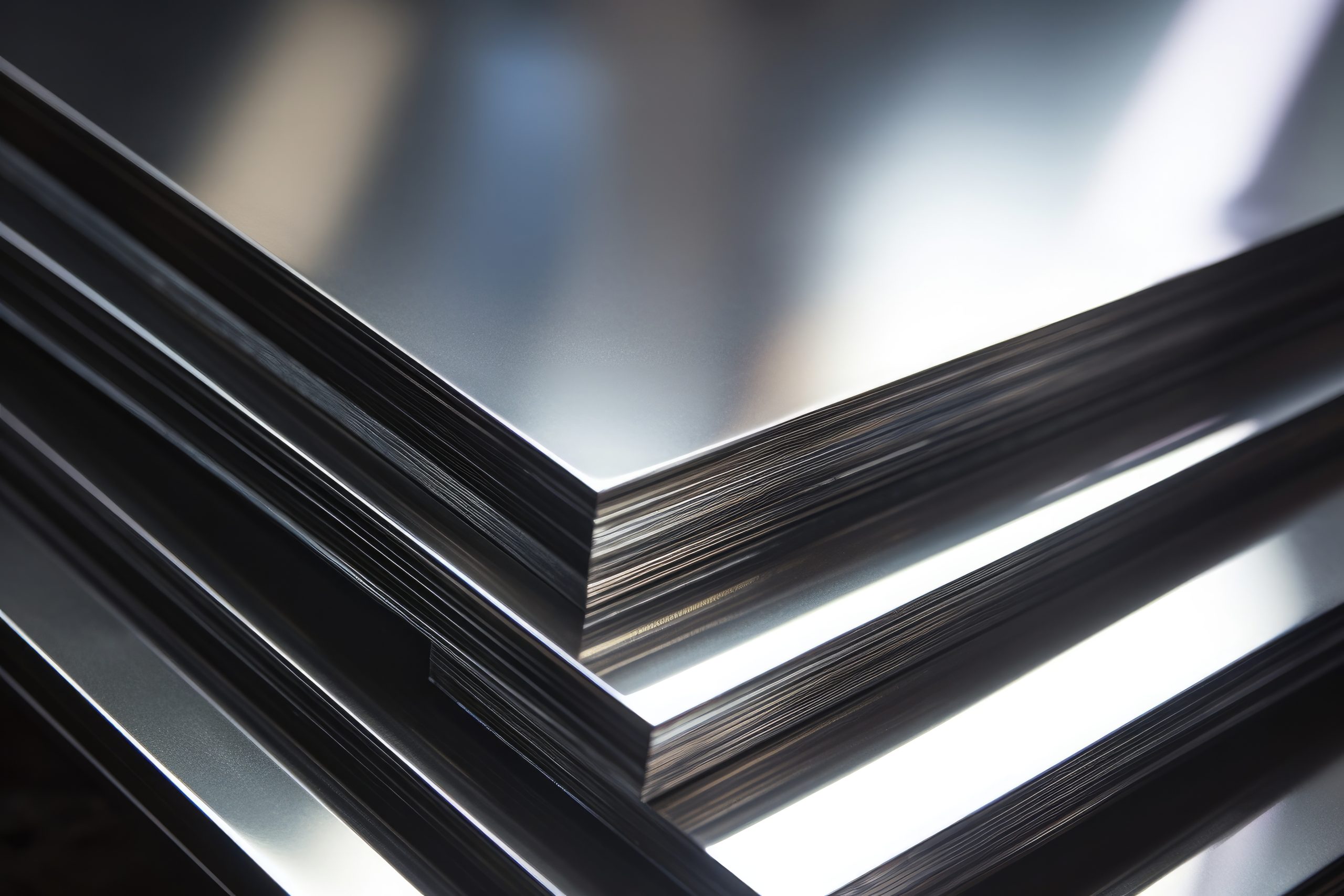Stainless steel sheets are integral to various industrial and construction applications due to their durability, low maintenance, and sleek aesthetic. Proper care is essential to keep them in top condition.
Here are five expert tips tailored for professionals in these sectors to help maintain the lustre and extend the lifespan of your stainless steel sheets.
1. Selecting Appropriate Cleaning Tools and Equipment
In industrial and construction environments, the cleaning tools and equipment used must be suitable for heavy-duty applications. While household items like microfiber cloths and soft sponges are effective for small-scale cleaning, larger projects require more robust solutions.
Power Washers
For extensive cleaning, especially in removing accumulated grime and debris, power washers are highly effective. Use a power washer with a moderate pressure setting to avoid damaging the stainless steel surface.
Industrial Scrubbers
Automated or semi-automated industrial scrubbers equipped with non-abrasive pads can cover large areas quickly and efficiently, ensuring thorough cleaning without scratching the surface.
Specialised Cleaning Brushes
Use brushes with nylon or other non-metallic bristles to scrub off tougher stains and residues. Avoid using steel wool or wire brushes that can cause scratches.
2. Utilising Professional Cleaning Solutions
Everyday cleaning in industrial settings often requires more potent cleaning solutions than mild dish soap. Using the right chemical cleaners designed for stainless steel sheet is crucial to maintaining its appearance and integrity.
Stainless Steel Cleaners
Opt for commercial-grade stainless steel cleaners that are formulated to remove grease, oil, and other industrial contaminants. These products are available in various forms, including sprays, wipes, and liquids.
Degreasers
Heavy-duty degreasers are essential for removing tough, oily residues commonly found in industrial environments. Ensure the degreaser is compatible with stainless steel to prevent corrosion or discoloration.
pH-Neutral Cleaners
To avoid damaging the protective oxide layer on stainless steel, use pH-neutral cleaners. These are effective in cleaning without causing chemical reactions that can lead to pitting or corrosion.
3. Implementing Effective Stain Removal Techniques
Tough stains such as weld burns, oxidation, and heavy industrial residues require specialised techniques for removal.
Electropolishing
This electrochemical process removes a thin layer of material from the stainless steel surface, improving its finish and reducing contaminants. It’s particularly useful for restoring the lustre of heavily stained or corroded stainless steel sheets.
Passivation
Using acid solutions to remove free iron from the surface and enhance the formation of a protective oxide layer. This process helps in restoring the stainless properties and preventing future corrosion.
Abrasive Blasting
For severe contamination, abrasive blasting with materials like glass beads or alumina can effectively clean the surface. This method requires expertise to avoid excessive abrasion that can damage the surface.
4. Maintaining the Grain Structure
Understanding and preserving the grain structure of stainless steel sheets is crucial in industrial applications.
Identify the Grain Direction
Before cleaning or polishing, identify the direction of the grain. This helps in preventing scratches and ensures a uniform appearance.
Clean with the Grain
Always clean and polish in the direction of the grain. Using mechanical polishers with non-abrasive pads can help achieve a consistent finish.
Regular Maintenance
Schedule regular maintenance to clean and polish the sheets. This prevents the buildup of contaminants and maintains the material’s aesthetic and functional properties.
5. Avoiding Harsh Chemicals and Abrasives
Using the wrong chemicals and abrasives can severely damage stainless steel in industrial settings.
Chemical Compatibility
Always check the compatibility of cleaning chemicals with stainless steel, especially the stainless steel sheets. Avoid using hydrochloric acid, bleach, or other harsh chemicals that can cause pitting and corrosion.
Non-Abrasive Materials
Use non-abrasive cleaning pads and brushes. Avoid materials that can scratch or wear down the protective oxide layer.
Consulting Suppliers
Work with your stainless steel sheet and aluminium supplier to identify approved cleaning agents and methods. They can provide guidance on maintaining the material’s integrity.
Keeping Your Stainless Steel Sheets Looking Their Best
By implementing these five expert tips, professionals in industrial and construction sectors can maintain the shine and durability of stainless steel sheets. Regular maintenance with appropriate tools and chemicals, attention to grain structure, and the avoidance of harsh chemicals ensure that your stainless steel sheets remain in excellent condition, ready to meet the demands of your projects.
HiMetal Enterprise is a trusted supplier in Singapore, offering high-quality stainless steel sheets and maintenance solutions. Their expertise and product range can help you achieve the perfect finish for your projects. Visit their website or contact them for more information on their products and services.

